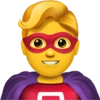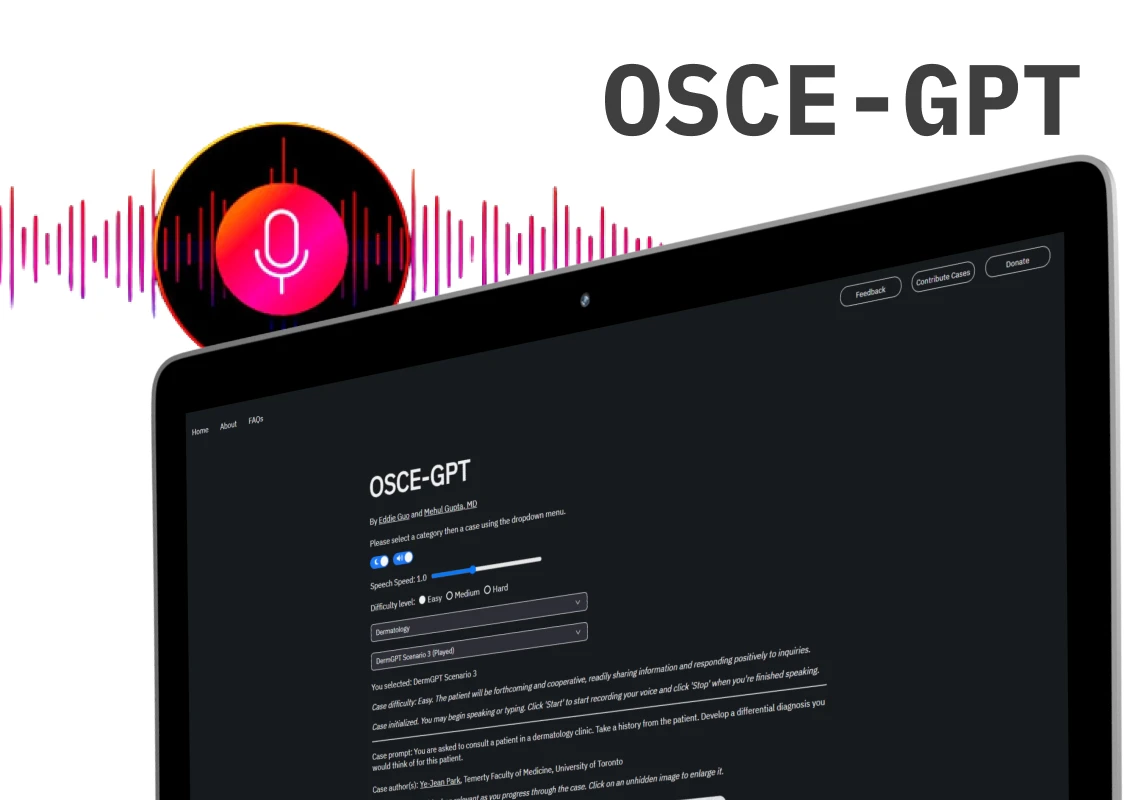Quick Summary
This blog emphasizes the importance of Object Oriented Design (OOD) for CEOs, highlighting its role in web application development. Understanding OOD principles enables better scalability, maintainability, and modularity, ultimately enhancing the effectiveness of a web application development company in delivering robust solutions.
Introduction
As technology continues to evolve, every CEO should grasp the principles driving the architecture behind their company’s web applications. A fundamental principle that plays a pivotal role in web application development is Object Oriented Design (OOD). With a web application development company, understanding OOD can significantly impact how efficiently your business scales and adapts to evolving technology demands.
What is Object Oriented Design?
Object Oriented Design is a programming approach where there is the designing of a system of interacting objects to solve some software problem. It leverages concepts such as objects, classes, encapsulation, inheritance, and polymorphism to model real-world entities and their interactions, which is vital for any web application development services.
Primary Concepts of OOD
Encapsulation:
What it is: Bundling the data (like information) and the methods (functions) that use that data together within an object.
Example: Consider a “User” object in a web application. It has properties like username and email and methods like logging in or changing passwords. This holistic approach allows a web app development company to manage all aspects related to a user in one place.
Abstraction:
What It Is: Covering messy details and providing only those features of an object that are relevant.
Example: A payment system might make complicated payment methods easier by using simple objects like “CreditCard” and “BankAccount,” so you do not have to care about the fine details of each kind of payment.
Inheritance:
What is it? It is the process of developing new classes from existing ones, allowing the new class to inherit properties of the original class.
Example: Suppose you have a “User” class. You could declare a “PremiumUser” class that inherits from “User” but adds in special access or benefits.
Polymorphism:
That means: Different objects can be treated as if they were instances of the same class even if they do different things.
Example: An “Admin,” “Guest,” and “PremiumUser” can all be considered a generic “User” but act differently as their specific roles and permissions are different.
Role of OOD in Web Application Development
1. Modularity and Reusability
Object Oriented Design begins to fracture a large system into more tractable, manageable objects that hence become easier to develop and maintain. This modularity promotes the use of reusable components, significantly reducing redundancy and saving time—essential for any web app development company focused on efficiency. Furthermore, with the rise of low code web app development, OOD allows developers to create components that can be easily reused and adapted across different projects, accelerating the development process.
2. Scalability and Maintainability
OOD promotes scalability as new objects can be easily added without affecting the functionality of existing objects. With encapsulation, it becomes easier to track bugs and updates, thus making the system more reliable. For instance, a web application development company would require an adaptable and efficient solution.
Read more: From Bugs to Business Growth: How Sentry Transformed Our Clients’ Digital Experiences
3. Explicit Mapping to Real-world Problems
By mimicking real-world objects and their interactions, OOD makes systems more intuitive and easier to understand for developers and stakeholders alike. This clear mapping of functionality is crucial for teams providing web application development services.
Object Oriented Design in UI Development
Designing Web Interfaces Using Principles of OOD
User interface designs in web application development are typically object-oriented, which means that adaptable and modular user interfaces are created. In this regard, web interfaces are essentially collections of many interface objects that include buttons, input fields, and navigation elements.
Designing the Navigational and Abstract Interface
The object oriented design can be applied to both the navigational structure and the abstract interface of web applications such that they remain flexible and adaptable.
- Navigational Design: This explains how a user can move around through an application. For example, the movement of a user from a homepage to a product detail page may be represented as an object “UserNavigation” that tracks a user’s navigation between web pages. This is done oblivious of the pages’ appearance.
- Abstract Interface Design: It addresses how it is that the interface objects appear, and the way they cause navigation or other things to occur. It thus gives designers technology independent means of designing user experiences. This therefore brings about the same navigational model applicable to any of the platforms.
Read more: Building the Perfect Web Dashboard for Massive Datasets: 7 Architecture Tips You Can’t Ignore
Object-Oriented Approach Vs. Structured Approach
The following table describes how the object-oriented approach differs from the traditional structured approach −
| Structured Approach | Object-Oriented Approach |
| Works with a top-down approach. | Works with a bottom-up approach. |
| The program is divided into submodules or functions. | The program is organized using classes and objects. |
| Function calls are used to perform tasks. | Message passing is used to communicate between objects. |
| Software reuse is generally not possible. | Reusability of code is possible through inheritance and polymorphism. |
| Structured design is usually finalized in the later phases of development. | Object-oriented design is developed concurrently with other phases. |
| More suitable for offshoring. | More suitable for in-house development. |
| Shows a clear transition from design to implementation. | The transition from design to implementation is not as clear. |
| Suitable for real-time systems, embedded systems, and projects where objects are not the best level of abstraction. | Suitable for business applications, game development, and projects that require flexibility and customization. |
| Uses Data Flow Diagrams (DFD) and Entity-Relationship (E-R) diagrams for data modeling. | Uses class diagrams, sequence diagrams, state charts, and use cases for system modeling. |
| Easier project management due to identifiable phases. | Projects may be harder to manage due to uncertain transitions between phases. |
Problems in Object Oriented Design
Frequent Problems in OOD
- Over-Engineering: Designing with assumptions for requirements that may never be required. Makes codes more difficult to understand and maintain; Extension also increases in complexity. This is one of the common mistakes to avoid in web app development.
- Under-Engineering: Not seeing into the future: Change to be included, so a very rigid structure is designed. It becomes very difficult to extend or change the system.
- Trade-off: Encapsulation vs. Performance This ensures that encapsulation does not degrade performance excessively. The abstractions that are introduced with encapsulation might create additional layers, which is probably a concern in high-load applications.
Mitigation Strategies
- Use encapsulation judiciously and optimize the most critical paths of performance whenever necessary. That is, the judicious application of encapsulation must find those areas where there are scopes for lines of performance improvements.
- Maintain the extensibility only when there is a strong requirement – keeping the focus on current requirements. This would help you avoid over-engineering because you design based on the present requirements while maintaining extensibility at the same time.
- Applying the principles, like SOLID and Design Patterns, that favor flexibility and scalability. For instance, the Single Responsibility Principle would ensure classes have a single reason for change, thus being maintainable and scalable.
Conclusion
Object Oriented Design Understanding is crucial for a CEO to realize the architecture and scalability of web applications. OOD ensures that applications are modular, maintainable as well as scalable qualities that describe successful and sustainable web solutions. The right understanding of OOD principles may have a huge impact on the approach of a web application development company to complex problems such that solutions remain robust and flexible web solutions are able to grow and adapt over time.











 30 mins free Consulting
30 mins free Consulting 
 10 min read
10 min read 


 Canada
Canada 
 USA
USA 






 Love we get from the world
Love we get from the world 